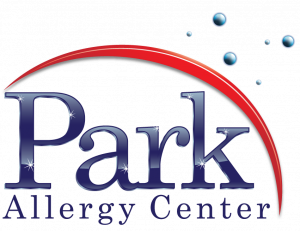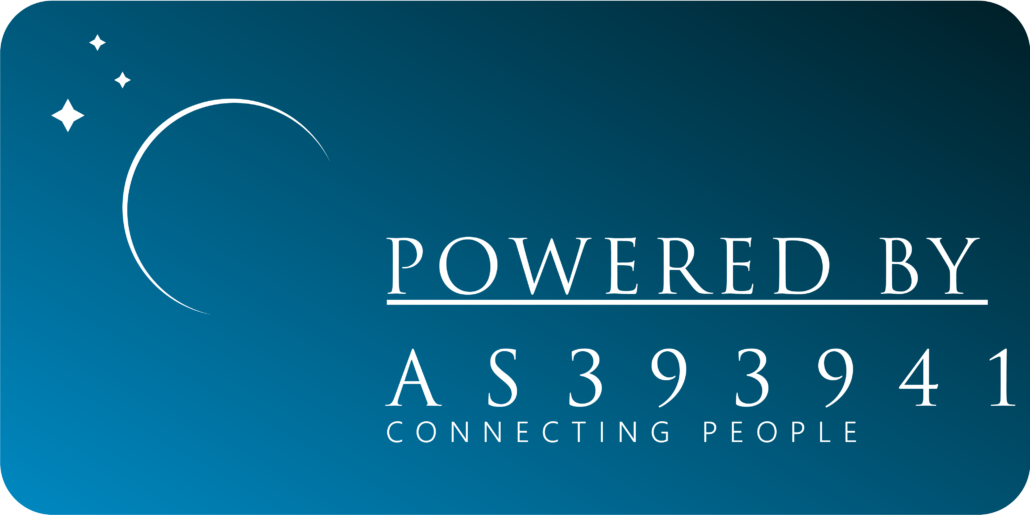Hives
Hives – https://acaai.org/allergies/types-allergies/hives-urticaria
“Hives, also known as urticaria, affects about 20 percent of people at some time during their lives. It can be triggered by many substances or situations and usually starts as an itchy patch of skin that turns into swollen red welts.” — ACAAI News https://acaai.org/news/
Overview
If you’ve had red or skin-colored bumps that appeared and disappeared quickly, then it’s unlikely to be simple bug bites. The skin rash could be hives, and the itching from hives may range from mild to severe. Scratching, alcoholic beverages, exercise and emotional stress may worsen the itching. If you think you might have hives, then it’s best to speak with an allergist.
Symptoms
Symptoms can last anywhere from minutes to months – or even years.
While they resemble bug bites, hives (also known as urticaria) are different in several ways:
- Hives can appear on any area of the body; they may change shape, move around, disappear and reappear over short periods of time.
- The bumps – red or skin-colored “wheals” with clear edges – usually appear suddenly and go away just as quickly.
- Pressing the center of a red hive makes it turn white – a process called “blanching.”
There are two types of hives – short-lived (acute) and long-term (chronic). Neither is typically life-threatening, though any swelling in the throat or any other symptom that restricts breathing requires immediate emergency care.
Hives Triggers
- Some food (especially peanuts, eggs, nuts and shellfish)
- Medications, such as antibiotics (especially penicillin and sulfa), aspirin and ibuprofen
- Insect stings or bites
- Physical stimuli, such as pressure, cold, heat, exercise or sun exposure
- Latex
- Blood transfusions
- Bacterial infections, including urinary tract infections and strep throat
- Viral infections, including the common cold, infectious mononucleosis and hepatitis
- Pet dander
- Pollen
- Some plants, such as poison oak and poison ivy
Management and Treatment
Researchers have identified many – but not all – of the factors that can cause hives. These include food and other substances you take, such as medications. Some people develop hives just by touching certain items. Some illnesses also cause hives. Here are a few of the most common causes:
- Some food (especially peanuts, eggs, nuts and shellfish)
- Medications, such as antibiotics (especially penicillin and sulfa), aspirin and ibuprofen
- Insect stings or bites
- Physical stimuli such as pressure, cold, heat, exercise or sun exposure
- Latex
- Blood transfusions
- Bacterial infections, including urinary tract infections and strep throat
- Viral infections, including the common cold, infectious mononucleosis and hepatitis
- Pet dander
- Pollen
- Some plants, such as poison oak and poison ivy
Antihistamines – available either over the counter or by prescription – are a frequently recommended treatment for hives. They work by blocking the effect of histamine, a chemical in the skin that can cause allergy symptoms, including welts. Low-sedating or nonsedating antihistamines are preferred. They are effective and long-lasting (may be taken once a day) and have few side effects. Your allergist may recommend a combination of two or three antihistamines to treat your hives, along with cold compresses or anti-itch salves to ease the symptoms.
Severe episodes of urticaria may require temporary treatment with prednisone, a similar corticosteroid medication or an immune modulator, which can reduce the severity of the symptoms.
If your reaction involves swelling of your tongue or lips, or you have trouble breathing, your allergist may prescribe an epinephrine (adrenaline) auto-injector for you to keep on hand at all times. These can be early symptoms of anaphylaxis, a potentially fatal allergic reaction that impairs breathing and can send the body into shock. The only treatment for anaphylaxis is epinephrine. If you develop hives and your injector is not nearby – or if using the auto-injector doesn’t cause the symptoms to immediately improve – go to an emergency room immediately. You should also go to the emergency room after using an auto-injector.
If the cause of hives can be identified, the best treatment is to avoid the trigger or eliminate it:
- Foods: Don’t eat foods that have been identified to cause your symptoms.
- Rubbing or scratching: Avoid harsh soaps. Frequent baths may reduce itching and scratching – beneficial because itching and scratching can make the hives feel worse.
- Constant pressure: Avoid tight clothing. Pressure hives can be relieved by wearing loose-fitting clothes.
- Temperature: If you develop hives when exposed to cold, do not swim alone in cold water and always carry an epinephrine auto-injector. Avoid exposure to cold air and use a scarf around your nose and mouth in cold weather. If you must be out in the cold, wear warm clothing.
- Sun exposure: Wear protective clothing; apply sunblock.
- Medications: Notify your physician or pharmacist immediately if you suspect that a specific medication is causing your hives.
Citation: ACAAI News https://acaai.org/news/


Leave a Reply
Want to join the discussion?Feel free to contribute!